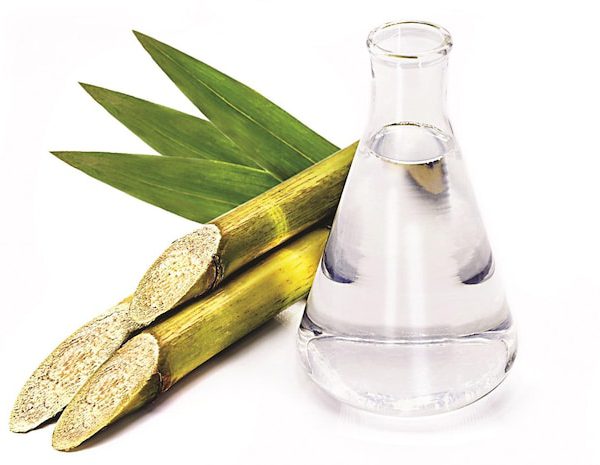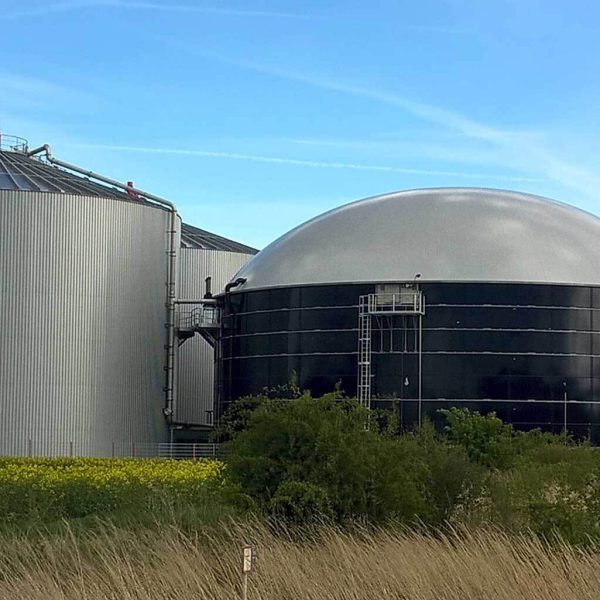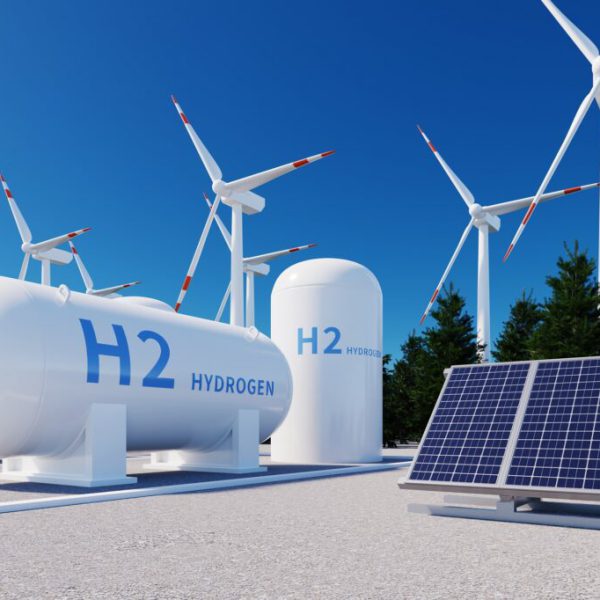Sustainable Aviation Fuel (SAF): Taking Flight Towards a Greener Future
Description: Soaring ambition demands sustainable solutions. Sustainable Aviation Fuel (SAF), a drop-in replacement for traditional jet fuel, paves the way for a greener future in aviation. Produced from renewable sources like vegetable oils, used cooking oil, or even recycled waste, SAF boasts significantly lower greenhouse gas emissions compared to its fossil counterpart. This translates to cleaner skies, reduced environmental impact, and a crucial step towards achieving net-zero carbon emissions for the aviation industry.
Key Source Countries: While still in its early stages, SAF production is geographically diverse, with several key players leading the charge:
- United States (40%): Frontrunner due to government support, diverse feedstock options, and established refining infrastructure.
- Europe (30%): Strong commitment to sustainability goals drives production, with Netherlands, Finland, and France at the forefront.
- Singapore (15%): Major refining hub processing imported feedstocks into SAF for regional and global markets.
- Finland (8%): Neste, a global leader in renewable fuels, holds a significant share with advanced technology and feedstock versatility.
- France (5%): Growing production spurred by supportive policies and investments in SAF projects.
World Output Volumes: Global SAF production currently stands at approximately 10 billion liters per year, representing a mere 0.5% of global jet fuel demand. However, rapid growth is expected as technology advances, feedstock availability increases, and regulations incentivize widespread adoption.
Major Producers and Market Share (Excluding US):
- Neste (Finland) (20%): Leading global producer with advanced hydrotreating technology and diverse feedstock options, including waste and residues.
- World Energy (Singapore) (15%): Active in refining and trading SAF across Asia and beyond, focusing on partnerships and feedstock diversification.
- TotalEnergies (France) (10%): European major aiming to expand SAF production through investments and technology collaborations.
- Neste Jacobs (Finland) (8%): Engineering and technology services provider supporting the development and expansion of SAF production facilities globally.
- Eni (Italy) (5%): Investing in SAF production with a focus on sustainability and feedstock innovation.
Forms of Trade: As with traditional jet fuel, SAF trades primarily in two forms:
- Physical Delivery: Transported via pipelines, tankers, and dedicated infrastructure directly to airports and blending hubs for mixing with traditional jet fuel.
- Futures Contracts: Traded on international exchanges like the ICE, allowing airlines, producers, and traders to manage price risks and hedge against market volatility.
Price Trends (Past 5 Years): Due to limited historical data and dynamic cost factors, precise price trends are challenging to establish. However, some key observations include:
- Generally higher production costs than traditional jet fuel: Initial feedstock and processing costs contribute to a premium price for SAF.
- Fluctuations based on feedstock availability: Prices can be influenced by the availability and cost of various feedstock options.
- Government incentives and carbon pricing: Supportive policies like tax breaks and carbon pricing mechanisms can positively impact price competitiveness.
Major Importing Countries:
- United States (40%): Strong domestic production combined with significant demand from major airlines.
- Europe (30%): Ambitious sustainability targets and regulations drive demand for SAF imports.
- Singapore (15%): Limited domestic production requires imports to meet growing demand in the region.
- Japan (8%): Commitment to environmental goals and limited domestic resources necessitate imports.
- China (5%): Emerging demand for cleaner fuels due to environmental concerns and growing aviation industry.
Major Exporting Countries (Excluding US):
- Singapore (20%): Refining hub exporting processed SAF from imported feedstocks.
- Finland (15%): Leading exporter with Neste’s advanced production facilities and diverse feedstock options.
- Netherlands (10%): Growing exporter with established biofuel infrastructure and supportive government policies.
- France (8%): Expanding production and export potential with investments in SAF projects.
- Italy (5%): Eni’s growing production capacity is poised to increase export volumes.
Other Important Aspects for International Traders and Buyers:
- Feedstock Sustainability: Responsible sourcing practices are crucial, with certifications like RSPO for palm oil playing a key role.
- Technology Advancements and Cost Reduction: Ongoing research and development to improve technology aim to achieve cost parity with traditional jet fuel.
- Blending Mandates and Incentives: Government policies mandating SAF blending and offering incentives are critical drivers for market growth.
- Infrastructure Development: Expanding dedicated





